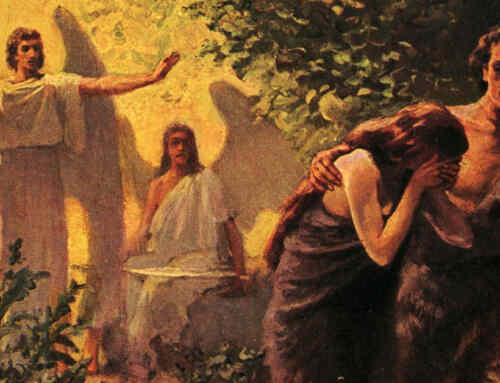The New Testament was written in the Greek language. In 1604, King James I ordered a more accurate translation of the existing English Bibles. The King James Bible or “Authorized Version” was translated into English by a group of some 50 scholars. At that time, they had less than ten Greek manuscripts to work from, and none of them were from before AD 1000. Subsequent modern translations had thousands of manuscripts available, including complete Greek manuscripts from as early as AD 350, and some even older. Today, there are some 5,800 Greek manuscripts of the New Testament, complete and partial. Therefore, current translations use older manuscripts in order to minimize textual errors.
For centuries, the Bible was copied from original manuscripts by hand by monks or scribes. Sometimes verses were miscopied through human error; however, sometimes texts were intentionally added or supposedly “corrected.” Although unintentional changes account for the vast majority of textual corruption, intentional alterations also created thousands of corruptions to the text. The majority of these changes were done by scribes who either thought the text they were copying had errors or they were attempting to clarify what they thought was the correct theological meaning.
Take for example Matthew 18:11, “For the son of man is come to save that which was lost.” The earliest Greek manuscripts [Codex Sinaiticus, Codex Vaticanus, and Codex Alexandrinus] do not contain this verse. Probably some scribe added the verse to make it agree with Luke 19:10. John 5:4 is also not included in early manuscripts. In this case, maybe a copyist added this thought in order to explain the event. Whatever the reasons behind the intentional additions to the manuscripts, it is still wrong to change God’s inspired word.
Additional Resources:
Christian Questions Podcast
Episode #1151: “Has the Bible Been Mistranslated and Misunderstood? (Part I)”
Discovering and authenticating how the Bible came to be
Preview Video
CQ Rewind Show Notes
PDF Booklet: “Our Bible Translated”














